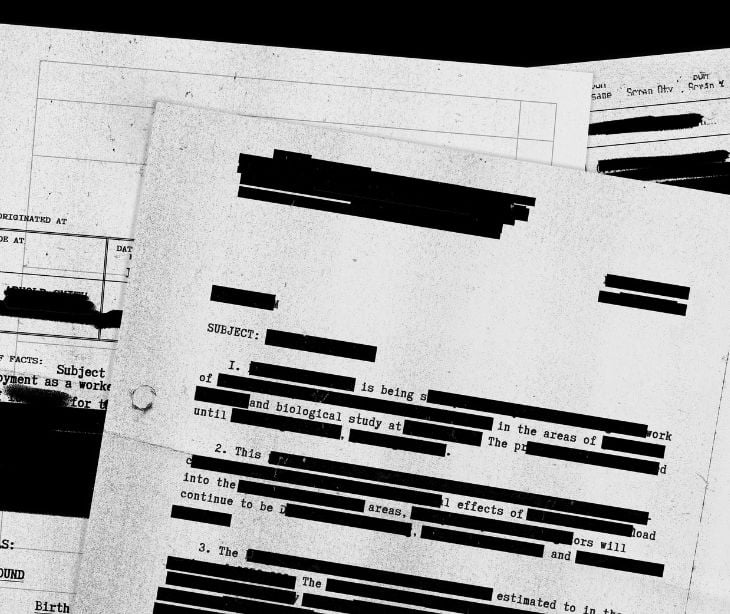2 min read
Data masking and redaction strategies for HIPAA compliance
Kirsten Peremore
October 25, 2023

Data masking involves replacing sensitive data with structurally similar yet fictitious information, making it useful for testing and development without exposing sensitive details. Data redaction involves removing specific pieces of data, rendering it incomprehensible to unauthorized users while preserving data integrity.
How to use data masking and data redaction simultaneously
Data masking and data redaction can be effectively used together to guard protected health information (PHI).
Data masking can be applied to create sanitized datasets for testing, research, and development, ensuring that sensitive patient information is replaced with fictitious data while preserving the structure of the data. Simultaneously, data redaction can selectively hide or remove personally identifiable details from medical records, reports, or documents used in day-to-day operations, making them incomprehensible to unauthorized users. This combination ensures that PHI remains secure in both non-production environments and documents shared with authorized personnel.
Go deeper:
Techniques used in data masking
- Tokenization
- Pseudonymization
- Data encryption
- Data redaction
- Data perturbation
- Data shuffling
- Dynamic Data Masking (DDM)
Techniques for data redaction
- Full redaction
- Partial redaction
- Lookup-based redaction
Strategies to implement both data masking and data redaction for HIPAA compliance
- Identify sensitive data: Identify the sensitive information within your datasets, such as personally identifiable information (PII) and confidential details.
- Data redaction: Use data redaction to selectively remove or obscure specific sensitive data from documents, databases, or reports to prevent unauthorized access.
- Data masking: Apply data masking to create secure, sanitized datasets for non-production purposes, replacing sensitive information with fictitious data while maintaining data structure.
- Secure storage: Ensure that the original data, along with any redacted versions, is securely stored, and access is restricted to authorized personnel.
- Regular auditing: Conduct routine audits to verify the effectiveness of data redaction and masking and ensure no sensitive information is inadvertently exposed.
- Data sharing: When sharing data externally or with third parties, ensure that redacted and masked data is used to protect sensitive information while allowing authorized collaboration.
Additional measures to use to ensure HIPAA compliance
- Employee training: Conduct regular training for healthcare staff on HIPAA compliance, data protection, and best practices for handling sensitive patient information.
- Data retention policies: Establish clear data retention policies to determine how long patient data should be retained and when it should be securely deleted.
- Secure mobile device management: Implement a mobile device management (MDM) system to secure and manage mobile devices used for patient data access, ensuring they meet HIPAA standards.
- Regular security assessments: Conduct security assessments, vulnerability scans, and risk assessments to identify and address potential security weaknesses.
- Policy documentation: Document all policies and procedures related to data security, including data redaction and data masking, to demonstrate compliance with HIPAA requirements.
- Maintain secure communication: Use secure communication channels when transmitting unredacted or unmasked data to individuals outside the organization. This could include the use of methods such as HIPAA compliant email.
Subscribe to Paubox Weekly
Every Friday we'll bring you the most important news from Paubox. Our aim is to make you smarter, faster.






